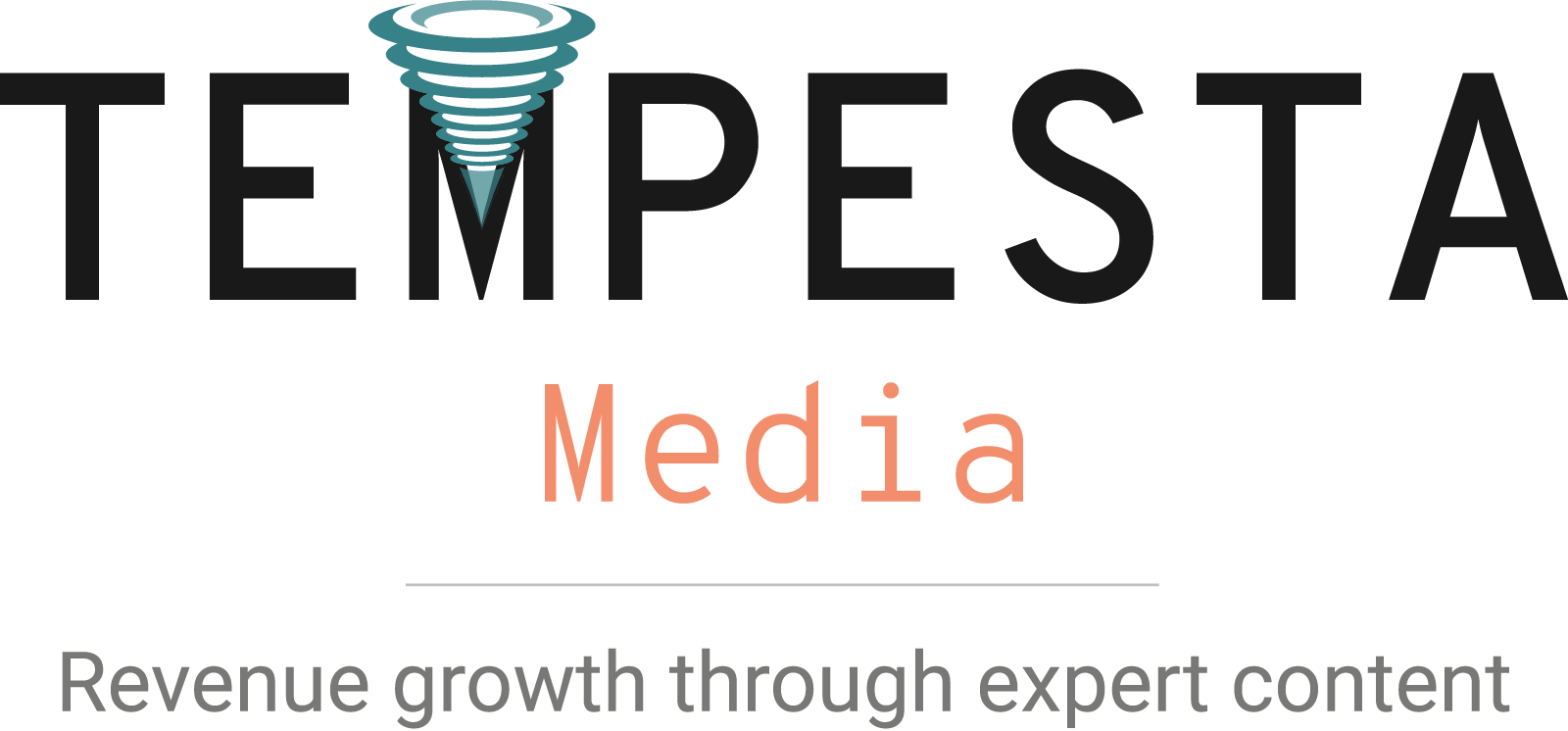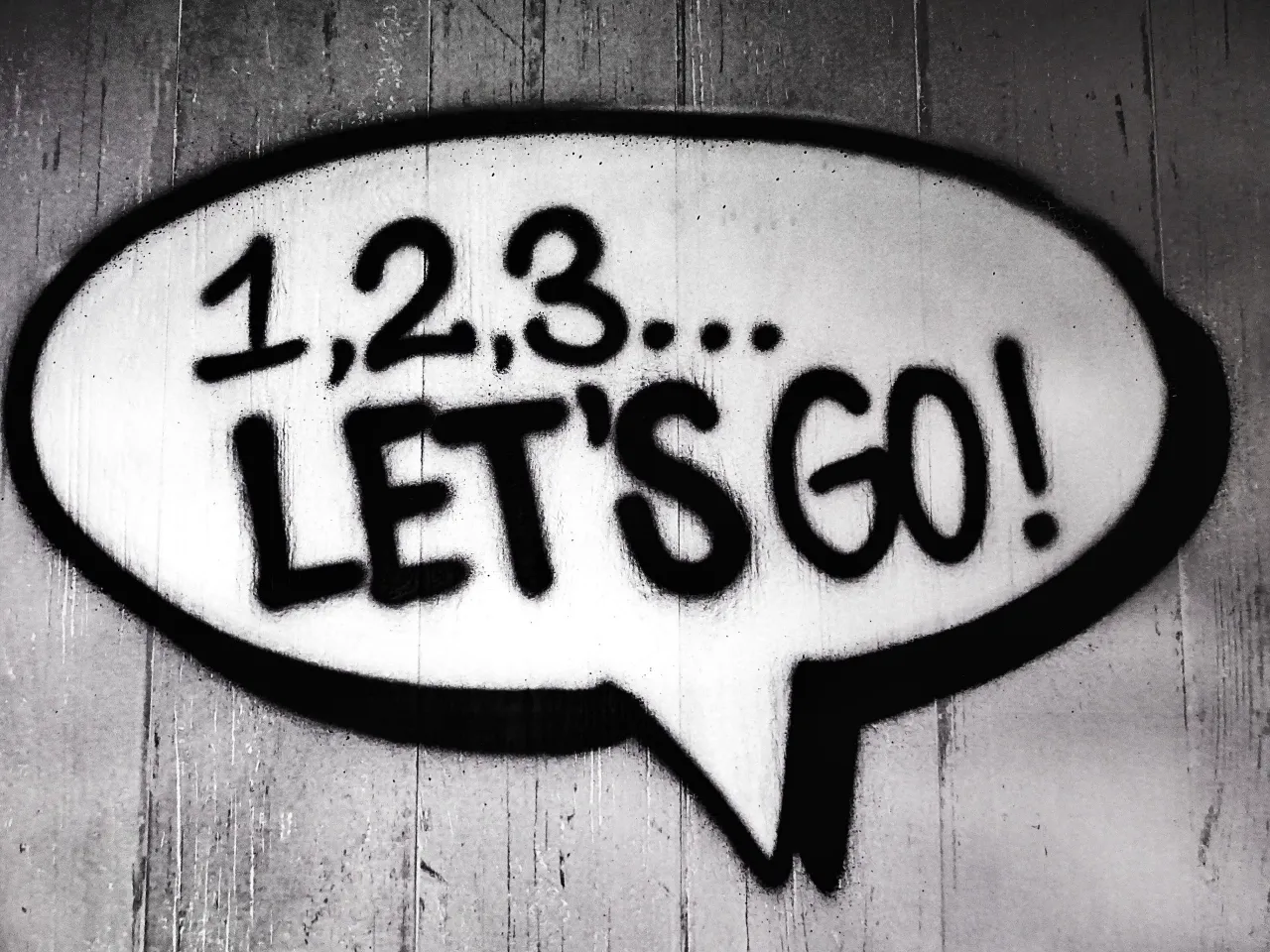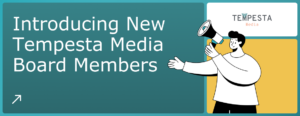Famed advertising executive David Ogilvy, widely hailed as “The Father of Advertising,” said,
“On the average, five times as many people read the headlines as read the body copy.”
Knowing the ultimate importance of a headline, Ogilvy went so far as to say, “unless your headline sells your product, you have wasted 90 percent of your money.”
Why is a headline important?
A 2014 study by Media Insight Project, an initiative of the AP-NORC Center for Public Affairs Research and the American Press Institute, found that roughly six in 10 people acknowledged that they have done nothing more than read news headlines in the past week. Thus, 60 percent of your audience will only look at your headline and nothing more.
As the first line of your content, a headline creates an initial impression that either draws your visitor in or pushes him or her away. That can happen incredibly quickly. KISSmetrics reports that you have less than eight seconds to make a compelling headline. After eight seconds, the majority of visitors leave.
While there are no words are that are more important in your content marketing than your headlines, the Content Marketing Institute notes, good headline writing is a deceptively complex process. “In fact,” they say, “crafting a clear, powerful, and compelling title may just be the most difficult part of content creation.”
Where to start?
As with everything else in content marketing, writing headlines starts with one important factor: your audience. You need to know your audience, what they are looking for, what they like, how they react. Do your research, determine your following and customize your headlines in ways most relevant to your target audience.
Nuts and bolts
When writing a headline, begin by trying to incorporate at least one of these four U’s:
- Unique
- Ultra-specific
- Useful
- Sense of urgency
Unique: Think about what you’ve seen and read before and then don’t write a headline like that. Being unique means being unlike the competition. If you write something that everyone else spins, you will not stand out. You want to stand out. So take your time, be creative and even a little risky.
Ultra-specific: When you understand your audience, it is easier to be ultra-specific when writing headlines. Provide enough information and make it clear that you are speaking directly to them and their interests.
Useful: No headline should ever be confusing. Remember, there are just a couple seconds for the customer to take it in and understand it. Make sure what you write is clear. Being useful within a headline means that the customer will immediately know there is a benefit for them if they continue to read on. Give them a reason to go beyond the headline. While it’s important to be unique, if you go too far in being clever, you lose usefulness.
Urgency: You can create a sense of urgency in a headline by making it enticing. Give the reader something that compels them to continue reading because, if they don’t, they will miss out.
In 2012, award-winning entrepreneur and Venture Harbour founder Marcus Taylor spent four months putting together a campaign. In all the promotions he used, he found that by creating a sense of urgency, it helped him increase sales by 332 percent.
Taylor tested headlines for his campaign. In one example, when he posted something that was straight forward, the click-through rate (CTR) was 0.77 percent. By adding urgency, such as the word “today” at the end of the headline, it increased the CTR to 3.94 percent. Thus, “Tips to Reduce Your Website Bounces Today” was more successful than “Tips to Reduce Your Website Bounces.”
Types of headlines
There are many types of headlines. While you don’t want to be formulaic, you can be structured. Here are some examples:
News: While this doesn’t work for well for promotions, it is great for use in newsletters. You want to be straight-forward and provide information or an update. This lets your audience know what is going on.
Value Proposition: This, on the other hand, is good for promotions. Grab attention in a headline with information that is of value to the reader such as, “Free shipping on orders of $50 or more,” or “50% off all books ordered today.”
Call-to-Action: When you ask a question within the headline, you invoke a reaction. Your reader will immediately begin to think. This call-to-action gets readers to continue. Within the content, you should be able to address the question whether it be, “How can you increase your conversion rate?” or “Are you ready for the holidays?”
How-to: A “how-to” headline promises that there is more to learn by reading the article. Remember that you want your content to be informative and beneficial to your audience. Having a “how-to” headline such as, “How to incorporate more vegetables in your child’s diet” or “How to increase your click-through rate” suggests that you will, in fact, have those important tips when the reader goes beyond the headline.
List: Putting a number in the headlines helps alert the reader that, for example, he or she will not just get “how-to” tips, but 5 or 7 of them. Immediately it is made clear what your offering is and the customer gets quantifiable results. Additionally, research by Conductor, a company that focuses on web presence management, shows that headlines with numbers are 36 percent more likely to generate clicks. Odd-numbered headlines have a 20 percent better click-through rate than headlines with even numbers.
Ask your audience
Headline writing really is a science. This is why many marketers opt for testing so they may compare more than a couple different headlines for the same content. If you aren’t sure what will work, try several things and see what your audience chooses.
A/B testing or split testing is the practice of segmenting your audience randomly and then assigning each segment a different headline. The thing that is great about A/B testing is that you are not seeking a deep opinion, you are quickly discovering what catches the reader’s eye and makes them want to continue reading your content.
Additionally, readers almost never know they are being tested because one groups sees one headline and another group reads another. When you see the metrics, you determine which of the two got a better result.
In 2013, The Boston Globe performed more than 20 tests on its audience when they moved to expand their online offerings. They wanted to understand what content appealed most to its customer base. For example, during A/B testing of headlines, half the audience saw the “Red Sox Gear Up for Spring” and the other half saw “Oh Yeah: Time for the Sox” as a headline for the same story. By measuring the results, writers and editors could see that the second headline was more effective.
As you craft your headline, keep in mind that whatever you write, no matter how simple or clever, the content must always deliver what is stated in your headline. Don’t disappoint the customer.
Need help?
If you have a content marketing program, or are planning one, download our ebook: 100 mistakes businesses make when starting, optimizing and scaling content marketing programs. Learn from the mistakes of hundreds of other companies. 100 mistakes walks you through common and uncommon challenges that they faced with their content marketing programs.













